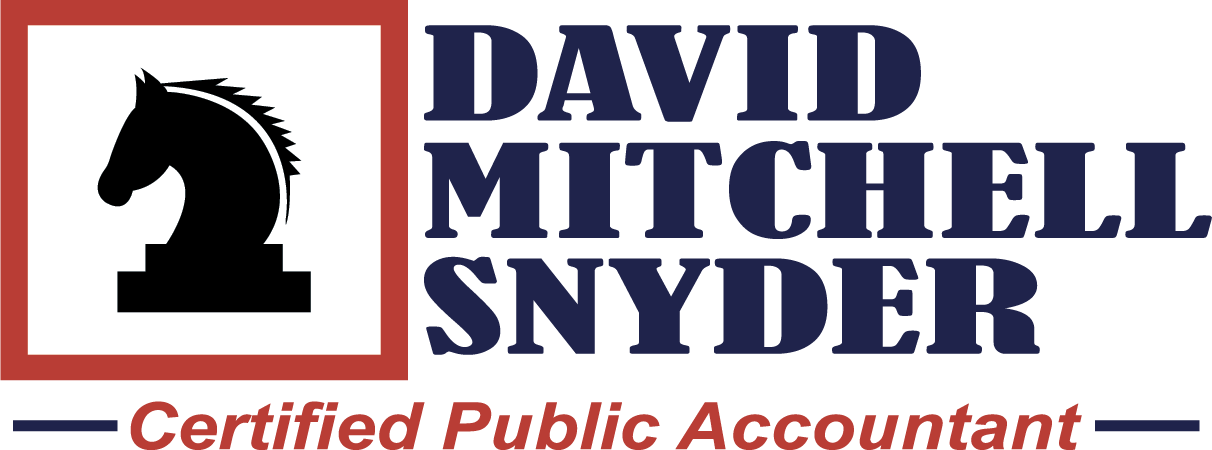It’s Harvest Time!

Fall is in the air! The leaves are turning brilliant shades of red, orange and yellow. The mornings are cool and crisp. Well…, maybe not here in Florida, but elsewhere. You get the idea, its Fall! The perfect time to begin your harvest. “Harvest what?”, you ask. Your portfolio gains and losses of course!
Below, I have outlined some “harvesting” strategies for you to consider. But before you begin your harvest you must lay the ground work. First, analyze your specific situation. Determine your current net realized gain or loss. This step is simply the total of all your gains less your losses from current year sales. This calculation gives you a single number that represents your current realized gain or loss. The next step is to determine your built-in or unrealized gains and losses for each of your portfolio positions. Now you are armed with the proper tools to conduct a bountiful harvest!
SITUATION 1: Your portfolio has very little or no net realized gain or loss. This is good situation to harvest positions that yield about $3,000 in losses. This is the amount of loss you can use in the current year to offset non-portfolio income such as wages, etc. The perfect candidates for harvest are those positions that you don’t think will rebound in the next 30 days or longer. These are securities you want to eliminate from your portfolio or can wait (WASH SALE RULE) 30 days or more to replace.
SITUATION 2: Your portfolio has a net realized loss. If the loss is $3,000 or less, you can sit tight or harvest losses up to the $3,000 amount. However, if the loss is greater than $3,000, you MAY want to sell gain positions to net against (absorb) the losses that exceed the $3,000 amount. But before you rush to do this time-honored strategy (recommended by most tax professionals), consider that you are using a loss that can offset your highest taxed income to offset income taxed at half that rate. I seldom prefer this strategy.
SITUATION 3: Your portfolio has a net realized gain. Once again, the time-honored tax planning strategy (I think can be short-sighted) is to sell loss positions to cover your realized gain. Remember that you are using losses than can offset your highest taxed income to offset income taxed at half that rate. There are short term reasons to do so, but in the long run, you will usually come out better to wait.
Harvesting can be a tremendous tax saving tool if used properly. However, in the hands of the inexperienced, it can cause you to pay more in taxes, not less. Get with a tax professional who understands both the short- and long-term tax implications. Do I smell a marshmallows roasting on a bon fire?
